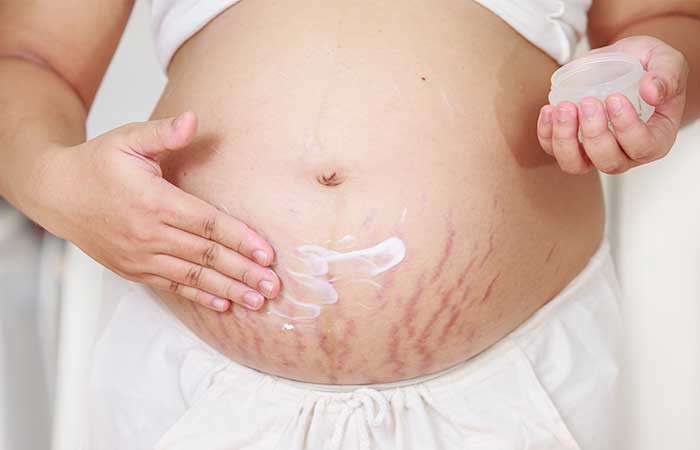

Signs of a successful membrane sweep include contractions becoming more regular, the loss of your mucus plug, your water breaking, or your cervix becoming more dilated. Positive signs after a membrane sweep indicate that your body has responded well and that labor is progressing. What are the positive signs after a membrane sweep?
STRETCH AND SWEEP RISKS FULL
That is why membrane sweeping is only done after you have reached full term. The membranes may rupture during this procedure, which is fine. This hormone softens, thins, and dilates the cervix to prepare you for labor. Also, it triggers your body to release prostaglandins. It helps separate the amniotic sac from the uterine walls without rupturing the sac (breaking your water). Your healthcare provider will insert one or two gloved fingers into your cervix and sweep a circular motion around the top of the cervical opening. However, it can sometimes be done sooner than 40 weeks if your healthcare provider believes there is a medical reason to try to induce labor naturally. How does the GP/midwife perform a membrane sweep?Īt around 40 weeks of pregnancy, a membrane sweep is performed during a vaginal or cervical exam. If you are at high risk or have underlying medical conditions, your healthcare provider may decide that a membrane sweep is not safe for you. It would be best if you were slightly dilated for your healthcare provider to perform the sweep. Membrane sweeps are usually done at 39 weeks or later in pregnancy, but they can be done up until 42 weeks. When do membrane sweeps occur during pregnancy? Membrane sweeps are frequently recommended as the first option for starting labor naturally before scheduling an induction date. Pregnancies lasting longer than 41 or 42 weeks put you and your baby at risk of complications.

It is performed around 39 or 40 weeks of pregnancy to avoid needing a medically induced labor. It’s done when your cervix is partially dilated (or open), but contractions haven’t started or have stopped. Your GP may advise you to sweep your membranes to induce labor. Why is a GP/midwife going to sweep my membranes? It is also referred to as membrane stripping or sweeping the membranes. It’s an optional procedure that your GP/midwife may recommend as you approach or pass your due date. A membrane sweep does not guarantee that labor or contractions will begin. Prostaglandins soften and prepare your cervix for labor. Membrane sweeps help release chemicals known as prostaglandins by your body. Separating the amniotic membranes from the uterus shortens the labor process in pregnant women. It is only possible if your cervix has begun to dilate, not if it is still closed. This blog has been viewed by: 89,375 What is a membrane sweep?Ī membrane sweep is a procedure during which your GP/midwife runs a gloved finger across the membranes that connect the amniotic sac (a fluid-filled sac containing your baby) to the uterus.


 0 kommentar(er)
0 kommentar(er)
